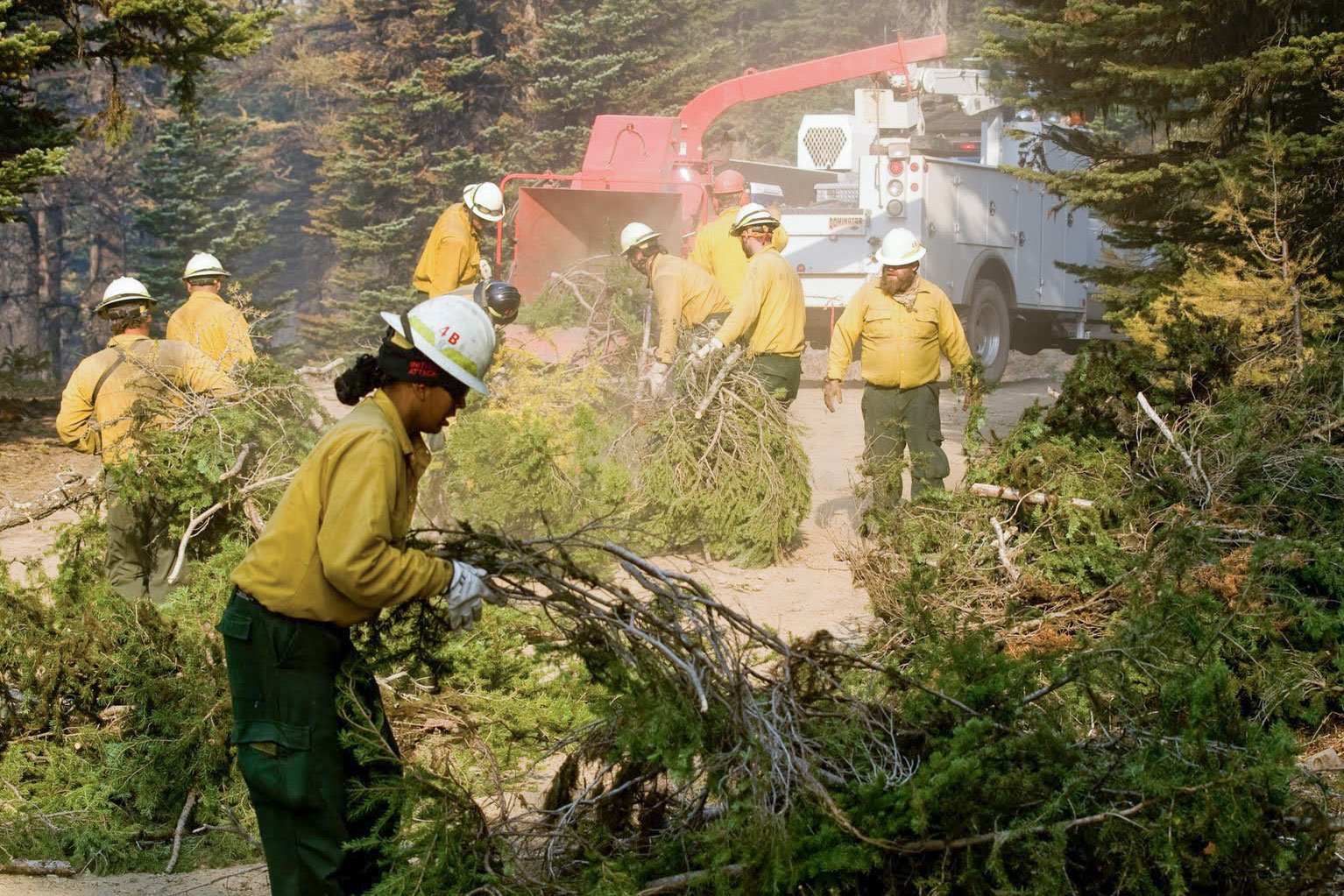What Is Forest Restoration?
Forest restoration vs. wildfire mitigation vs. wildfire remediation
Prescribed burn in Roosevelt National Forest. Photo: Evan Barrientos
Forest Restoration
There’s a bit of confusion around the phrase “forest restoration.” Most forest restoration scientists and practitioners define forest restoration as the process of restoring the health and resilience of a forest, usually by restoring the conditions and processes (like forest structure and fire frequency), that benefited a forest before fire suppression began. In this context, restoration is something implemented before a wildfire. Restoration aims to decrease the risk posed not only by wildfire, but also drought, disease, and insects. Common restoration techniques include cutting and removing medium-sized trees, thinning dense young trees, piling and burning slash from those operations, and conducting prescribed fires. These actions can mitigate wildfire hazards, but the objective is forest health.
Wildfire Mitigation
Wildfire mitigation is the process of reducing the risk of a fire becoming large, severe, or destructive to property. Some mitigation techniques, like removing small trees and shrubs, overlap with restoration. But while restoration focuses on forest health, mitigation focuses on human safety. For example, clear-cutting a half-mile buffer around a mountain community could be considered very effective wildfire mitigation, but it would not be considered forest restoration. Other mitigation techniques, like installing metal roofs and cutting lawns, have no direct effect on forest health. Mitigation plays an important role in protecting people, but restoration addresses the root issues putting people at risk in the first place.
Fuels removal is a common wildfire mitigation technique. Photo: National Interagency Fire Center
Wildfire Remediation
Wildfire remediation is the process of remedying or reversing the effects of a wildfire after one occurs. Planting trees and applying mulch to prevent erosion in burnt areas are examples of remediation. Many people use “forest restoration” to describe this process, but remediation is extremely different from restoration as described above. While remediation has its place in select strategic locations, it alone won’t solve the problems of megafires. Remediation is generally far less cost-effective than implementing forest restoration before a wildfire.
Planting trees after a fire is an example of remediation. Photo: Evan Barrientos
In Summary
In summary, remediation dampens the problems after a wildfire, mitigation focuses on public safety, and restoration focuses on forest health (which also increases public safety). All are important, but the dominant majority of forest ecologists and restoration practitioners prioritize forest restoration because it addresses the root causes of megafires while also increasing forest resilience to drought, disease, and insects.


